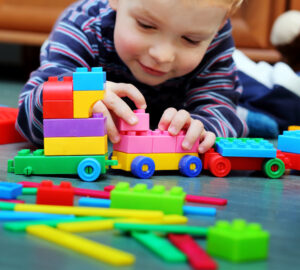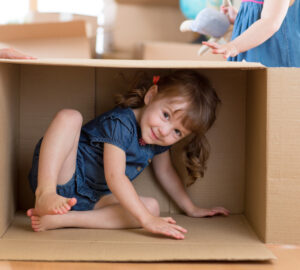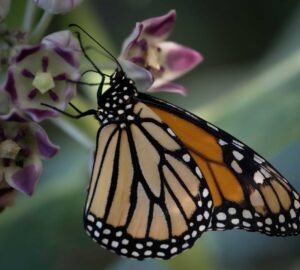 We’ve all played the game before. Baby suddenly drops a toy on the floor. You pick it up and…baby does it again. And …. again. What is baby learning from this? In our toy drop scenario above, baby is actually learning properties of physics! There’s a growing amount of research that studies what happens when children make messes and mistakes. Here are some tips to help you and your child grow from these moments.
We’ve all played the game before. Baby suddenly drops a toy on the floor. You pick it up and…baby does it again. And …. again. What is baby learning from this? In our toy drop scenario above, baby is actually learning properties of physics! There’s a growing amount of research that studies what happens when children make messes and mistakes. Here are some tips to help you and your child grow from these moments.
Babies
For meal times, let the baby make a mess, and explore with their hands. If they grab the spoon to eat, let them try. As soon as your child can walk, start incorporating them into family routines and life. Ask them to put their cup of water on the table or bring you a slipper. What about the mess? Try to think of this time as an investment. In a recent study across different cultures, it was found that children who are incorporated into tasks are more helpful when they’re older.
Toddlers
Your little one can do more and more! If they offer to sweep, or wash the dishes, or help cook, accept it even with a mess! Trust that they’ll get there. Avoid micromanaging, diverting by telling them to go play somewhere or turning it into a lecture. Instead, give them a chance to explore, make mistakes and help fix them. Ask them what they notice? What works well?
Preschoolers
At this age, your budding messy mistake-maker may start to become a bit of a perfectionist and not want to try for fear of not getting it “right”. Let them know that it’s okay, even great to make mistakes. That’s how we learn. Point out your messy mistakes too and what you do to fix them. Even parents are learning. Reading books like Beautiful Oops by Barney Saltzberg will help them get the message from other sources besides you.
What about potentially dangerous tasks? Always trust your intuition. Some things may be a “watch me” experience. But if it’s something like sewing with a sharp needle or cutting up fruit, still try to give your child a chance to explore with their hands. Let them pick out the thread color and fabric, or get them tapestry needles of their own which are dull. For cutting up food, try using a plastic knife that’s not sharp. Give them their own cutting board and a small piece of food they can practice on. It’s tough, but if you embrace the mess, you’ll actually be helping your child grow more than you know.
Family Hui Hawaii sends out daily posts to help families understand child development as well as tips for activities and new research findings. Learn more at at familyhuihawaii.org.



